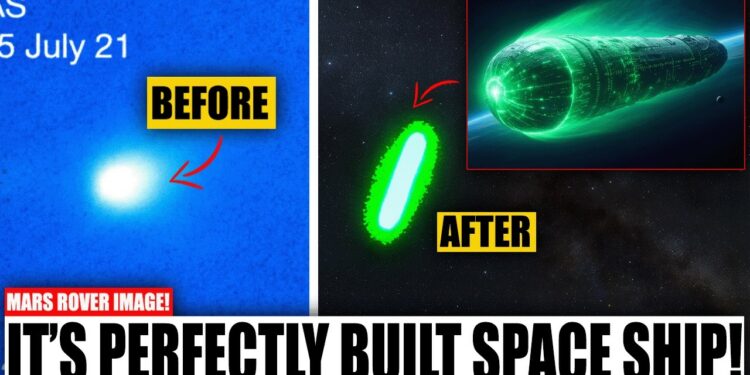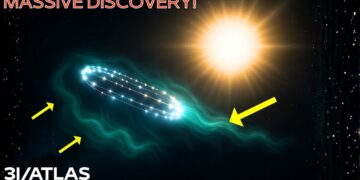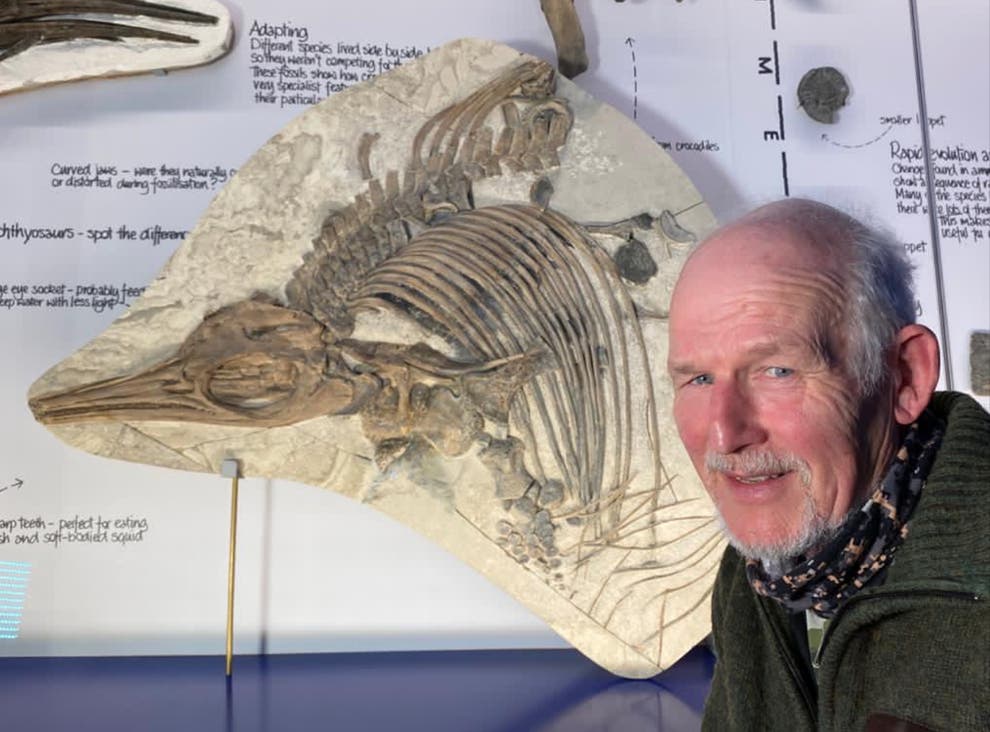On October 4, 2025, the world awaited one of the most anticipated updates in modern astronomy: 3i Atlas, the mysterious interstellar object that had captivated scientists for months, was about to make its closest pass by Mars. Every major space agency had their instruments trained on it—the Mars orbiters were ready, the Perseverance rover was recording, and a flood of new data was expected. But at the exact moment the object came into view, NASA’s servers went offline. The official website flickered and vanished, replaced by a single phrase: “under maintenance.”
At first, it was dismissed as a server crash from millions of users overwhelming the site. But then the European Space Agency (ESA) went offline too. Hours later, China’s space data portal stopped updating. Three rival agencies—all silent at the same precise moment. Days passed with no recovery, sparking questions: Why would NASA, ESA, and China coordinate such a blackout? What could justify it?
China’s silence was particularly odd. For years, the country had prioritized outpacing NASA in transparency, often being the first to publish raw data, broadcast results, and celebrate successes. This time, nothing. The silence might have faded into conspiracy theory territory until a single image leaked: a raw photo from Perseverance’s right navigation camera. It wasn’t sent through NASA’s official servers but uploaded to a backup relay before the shutdown. Timestamped October 4, 2133 Martian local time, it depicted the Martian night horizon with something hovering above—not a glowing ice ball or cometary tail, no dust or irregular edges, just structured, clean, defined, and unnervingly artificial.
Independent observatories analyzed the image within days, confirming it reflected sunlight like polished metal. The object appeared as a cylindrical body, approximately 46 km long with a diameter of roughly 12 km, and perfectly symmetrical. Natural objects of that size typically show irregular surfaces, fractures, and pits. This one was smooth from end to end.
Experts initially suggested motion blur from the nav cam’s long exposure, but that theory fell apart quickly. The camera’s optics are well-documented, with precisely calibrated shutter speeds. Even in stacked exposures, a moving object would leave a tapered trail—brighter at the start, fading at the end. This image showed no fade, no gradient, no distortion. It was solid, a real physical object with exact symmetry—the kind nature doesn’t produce.
For decades, astronomers have known comets as “dirty snowballs” of ice and rock, covered in craters and scars, venting long tails of dust near the sun. But 3i Atlas never fit that mold. Even before approaching Mars, it defied models: its brightness didn’t flicker, its rotation was nearly nonexistent, its path was perfectly straight, and its velocity of nearly 67 km/s placed it on a retrograde orbit, moving against the planets’ normal direction. The Perseverance close-up erased all expectations, showing no misty green blur or familiar chemical signatures captured for months by Hubble and JWST.
Harvard astrophysicist Avi Loeb stepped in, recalculating the data using Mars’s relative distance. He confirmed extraordinary surface reflectivity—higher than any known asteroid or comet. More intriguingly, 3i Atlas’s thermal emissions didn’t change under sunlight; it wasn’t warming up. Every comet heats and vents gas near a star, forming a tail. This object’s temperature remained constant, as if self-regulating.
To Loeb, two possibilities emerged, neither comforting: First, its surface could be an unknown hyper-reflective material, repelling nearly all solar radiation like a perfect mirror. Second—and more unsettling—it might have an internal system actively managing heat, implying activity beyond passive nature. Either defied known physics.
Then there was the age issue. Based on its structure and consistency, Loeb estimated 3i Atlas had traveled interstellar space for tens or hundreds of millions of years. At its speed, that’s improbable—space is rife with radiation, magnetic storms, and microscopic debris that would scar or destroy anything. Even a sand grain at 80 km/s could vaporize a spacecraft. Known objects bear pits, fractures, and craters from such bombardment. 3i Atlas showed none: smooth, seamless, unscarred, as if designed to ignore the universe.
Scientists revisited its shape: Why a cylinder, not a sphere like most natural bodies? Loeb’s answer was logical yet frightening. In physics and engineering, cylinders are efficient—distributing stress evenly, resisting pressure, maintaining stability under force. They can rotate for artificial gravity, balance spin, and survive collisions that would shatter irregular forms.
But the true advantage is electromagnetic. A hollow cylinder acts as a resonant cavity, trapping, amplifying, and transmitting waves with minimal loss—essentially a natural antenna for interstellar signals. This geometry could enable communication across light-years, perhaps at cosmic frequencies like the 1.42 GHz hydrogen line, a universal constant in deep-space research and SETI’s theorized “calling card.”
Loeb argued this wasn’t coincidental; it’s a design statement. Cylinders excel in structural mechanics, enduring corrosion, gravity, and impacts without fracturing. Unlike spheres, rotating cylinders stabilize, generate gravity, and hold pressure with minimal deformation. In radio physics, they modulate and emit radiation efficiently, maintaining signal coherence over vast distances.
This could explain its stability: aligning with magnetic fields, using interstellar plasma for propulsion—adjusting orientation or trajectory without fuel, navigating eternally via the environment.
What it suggested was unsettling: 3i Atlas wasn’t just intact; it was active. Its thermal consistency implied functioning internal systems. Some proposed self-assembling molecular lattices for self-repair; others, an electromagnetic plasma sheath vaporizing threats pre-impact. Either would enable survival over eons, impossible for natural bodies.
The game-changer came from Mars orbiters’ radar scans: reflected signals oscillated faintly at exactly 1.42 GHz—the hydrogen line. Not random noise, but the universe’s fundamental emission, SETI’s potential universal signal.
This left two options: 3i Atlas’s material has unknown electromagnetic properties, or it’s a transceiver—built to endure voids, harvesting and relaying info via cosmic frequencies.
Perhaps that’s why agencies stayed quiet—not hiding proof, but unsure how to handle it. How do you tell the world you’re being studied by something predating humanity? How explain a machine surviving the universe itself?
So, what do you think they really saw near Mars? Was it just a comet, or something far more mysterious? And why the silence from all space agencies?























